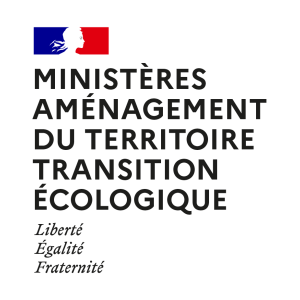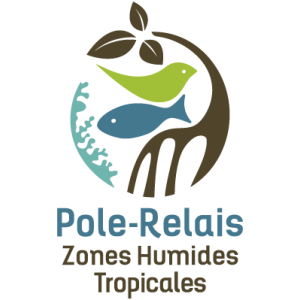
Document généré le 13/12/2025 depuis l'adresse: https://www.documentation.eauetbiodiversite.fr/fr/notice/ecological-impact-of-the
Permalien: https://www.documentation.eauetbiodiversite.fr/fr/notice/ecological-impact-of-the
Titre alternatif
Producteur
Contributeur(s)
EDP Sciences
Identifiant documentaire
10-2004036
Identifiant OAI
oai:edpsciences.org:dkey/10.1051/alr:2004036
Auteur(s):
Bernard Cadiou,Léa Riffaut,Karen D. McCoy,Jérôme Cabelguen,Matthieu Fortin,Guillaume Gélinaud,Alexandra Le Roch,Claire Tirard,Thierry Boulinier
Mots clés
Oil spill
Ring recoveries
Biometrics
Genetics
Seabird
Atlantic Ocean
Date de publication
15/10/2004
Date de création
Date de modification
Date d'acceptation du document
Date de dépôt légal
Langue
en
Thème
Type de ressource
Source
https://doi.org/10.1051/alr:2004036
Droits de réutilisation
Région
Département
Commune
Description
Between 80 000 and 150 000 marine birds wintering in the Bay of Biscay were
killed during the “Erika” oil spill. Three complementary studies were conducted
to investigate the geographic origins of these birds. The common guillemot,
Uria aalge, represented more than 80% of the oiled birds and these studies thus
focused primarily on this species. Analyses of 184 ring recoveries and
biometry of 1851 corpses indicated that guillemots originated from a large
geographic area, including colonies from across the British Isles and the
North Sea, along with more northern localities. However, the majority of
individuals came from colonies located between western Scotland and the
Celtic Sea. The third study, based on a population genetic approach using
microsatellite markers (samples from dead oiled birds and from more than 600 birds
caught in 19 breeding colonies), showed little genetic differentiation
among north-eastern Atlantic guillemot colonies. This result limits the
ability to identify the geographic origins of the birds using only DNA
samples, but reveals a significant amount of gene flow among colonies.
Overall, results indicate the large spatial scale of the oil spill's impact
and underline the usefulness of combining multiple approaches to assess the
local and regional effects of such accidents.
Accès aux documents
0
Consultations
0
Téléchargements






























